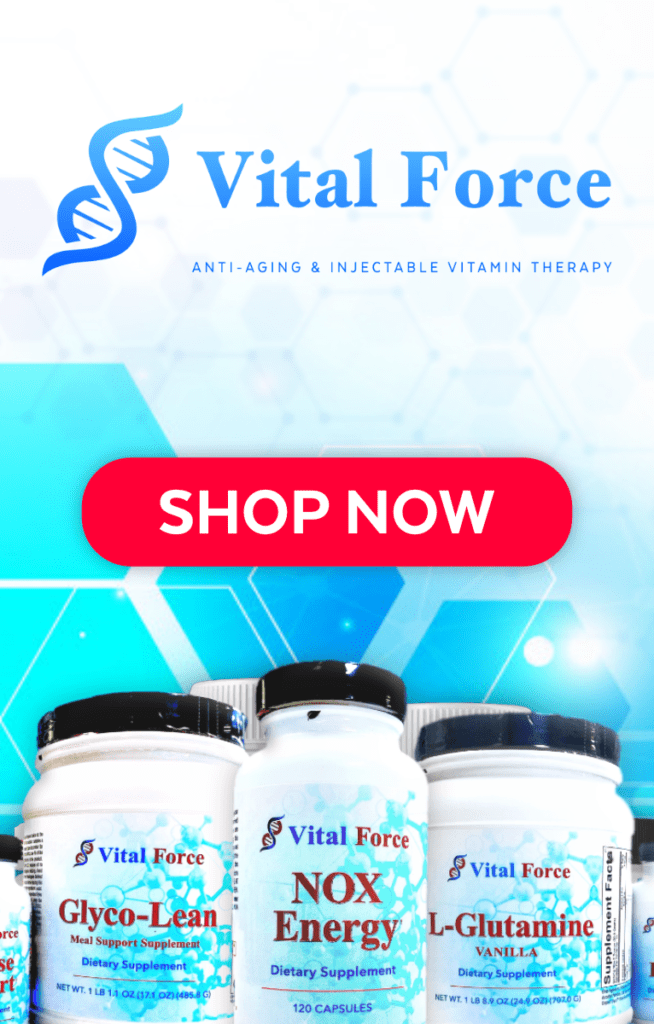Aging is a natural part of life, but many people seek ways to maintain youthful, healthy skin and slow visible signs of aging. The skincare industry offers countless anti-aging treatments, from topical creams to advanced medical procedures. However, not all treatments are created equal—some have robust scientific backing, while others rely more on marketing hype.
This comprehensive guide explores the science behind popular anti-aging treatments, helping you understand what really works and how to make informed choices for your skin health.
Understanding How Skin Ages
To appreciate the effectiveness of anti-aging treatments, it’s important to know what happens as skin ages.
Skin aging is influenced by two main factors:
- Intrinsic aging: The natural, genetic process causing skin to become thinner, less elastic, and drier over time.
- Extrinsic aging: Damage caused by environmental factors, primarily ultraviolet (UV) radiation from sun exposure, pollution, and lifestyle habits like smoking.
Both processes reduce collagen and elastin production, proteins responsible for skin’s firmness and elasticity. The result is wrinkles, fine lines, sagging, uneven pigmentation, and dryness.
Topical Treatments: What Science Supports
Many anti-aging products are topical, applied directly to the skin. Some ingredients have strong scientific evidence for their effectiveness.
Retinoids and Retinol
Retinoids, derivatives of vitamin A, are among the most researched and effective anti-aging compounds. They stimulate collagen production, promote cell turnover, and improve skin texture and tone.
Prescription retinoids are more potent but can cause irritation, so many people start with over-the-counter retinol products. Regular use can reduce fine lines, wrinkles, and hyperpigmentation.
Antioxidants
Antioxidants neutralize free radicals—unstable molecules that damage skin cells and accelerate aging. Popular antioxidants include:
- Vitamin C: Brightens skin, boosts collagen, and protects against UV damage.
- Vitamin E: Works synergistically with vitamin C to protect skin.
- Niacinamide (Vitamin B3): Improves elasticity, reduces redness, and strengthens the skin barrier.
- Green tea extract: Offers anti-inflammatory and antioxidant benefits.
These ingredients are often found in serums and moisturizers and contribute to healthier, more resilient skin.
Hyaluronic Acid
Hyaluronic acid is a natural molecule that retains moisture and plumps the skin. While it doesn’t prevent aging, it improves skin hydration and reduces the appearance of fine lines by making skin appear fuller.
Professional Procedures with Proven Benefits
Beyond topical products, professional treatments can deliver deeper skin rejuvenation and more dramatic results.
Chemical Peels
Chemical peels use acids like glycolic, lactic, or salicylic acid to exfoliate the skin’s outer layers, promoting new cell growth. This process improves fine lines, sun damage, and skin texture.
Different peel strengths (superficial, medium, deep) offer varying degrees of renewal, and a dermatologist can recommend the appropriate type.
Microneedling
Microneedling involves creating tiny controlled punctures in the skin to stimulate collagen and elastin production. It can reduce wrinkles, scars, and improve skin firmness.
Often combined with platelet-rich plasma (PRP) or topical serums, microneedling enhances skin’s natural healing.
Laser and Light Therapies
Fractional lasers target deeper layers of the skin to stimulate collagen remodeling, reducing wrinkles and pigmentation. Intense pulsed light (IPL) treats sun damage and redness.
These treatments require some downtime but offer significant improvement in skin quality.
Botox and Dermal Fillers
Botox temporarily relaxes muscles that cause dynamic wrinkles like frown lines and crow’s feet. It smooths the skin by preventing muscle contractions.
Dermal fillers restore volume lost with age in areas like cheeks and lips, smoothing static wrinkles and sagging. They provide immediate results and require maintenance.
Emerging and Complementary Anti-Aging Approaches
Science continues to explore new frontiers in anti-aging care.
Platelet-Rich Plasma (PRP)
PRP uses a patient’s own blood growth factors to promote skin regeneration and collagen production. It is often used with microneedling for enhanced rejuvenation.
Nutraceuticals and Supplements
Oral supplements containing collagen peptides, vitamins C and E, biotin, and antioxidants may support skin health from within. While evidence is growing, they should complement topical and professional care rather than replace them.
Lifestyle Factors
The most effective anti-aging strategy includes a healthy lifestyle:
- Sun protection: Daily use of broad-spectrum sunscreen prevents photoaging.
- Balanced nutrition: Antioxidant-rich diets support skin repair.
- Adequate sleep and stress management: Both promote skin regeneration.
- Avoiding smoking and excessive alcohol: These accelerate skin aging.
How to Choose the Right Anti-Aging Treatment for You
Selecting the right treatment depends on skin type, concerns, and goals. Consulting a dermatologist or skincare professional can help tailor an effective regimen.
Consider:
- Starting with topical retinoids and antioxidants for mild to moderate aging signs.
- Exploring professional treatments for deeper wrinkles or significant sun damage.
- Maintaining healthy lifestyle habits to support long-term skin health.
Science-Backed Choices for Healthy Aging Skin
Anti-aging treatments backed by scientific research offer real benefits when used consistently and correctly. While no product or procedure can stop aging, a combination of proven topical ingredients, professional therapies, and lifestyle choices can significantly improve skin appearance and health.
Embracing a personalized, evidence-based approach empowers you to age gracefully with radiant, resilient skin. Call us at 205-352-9141.











